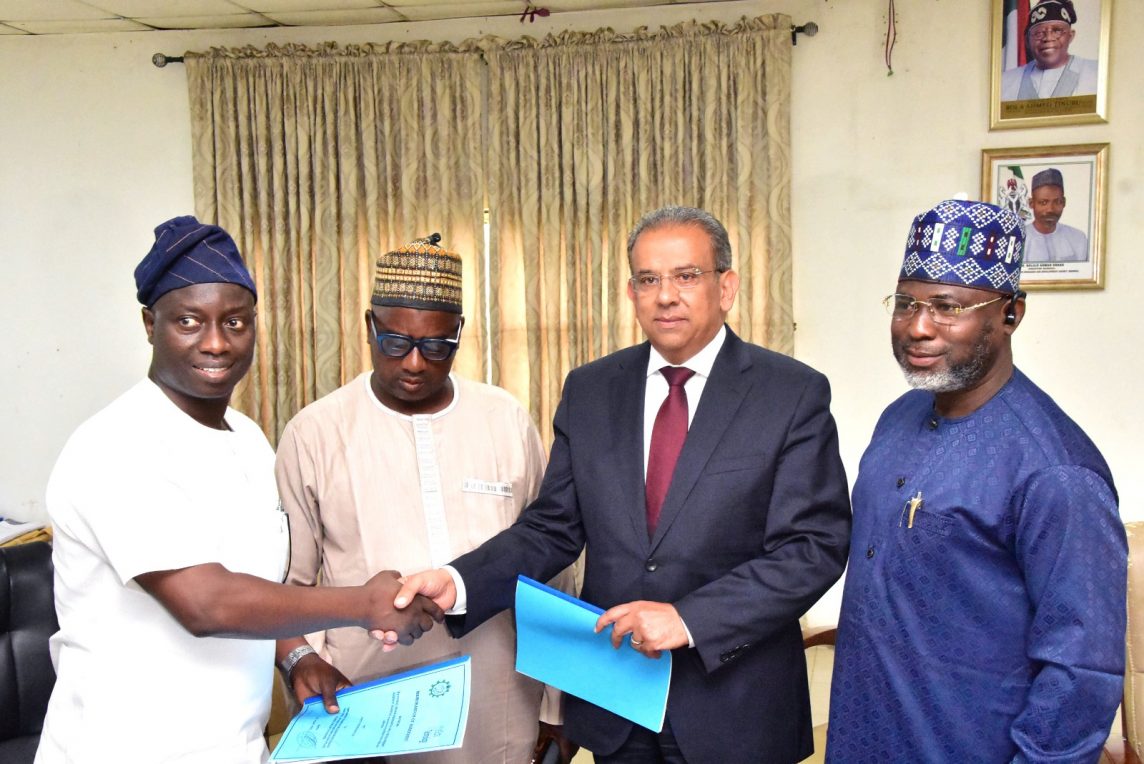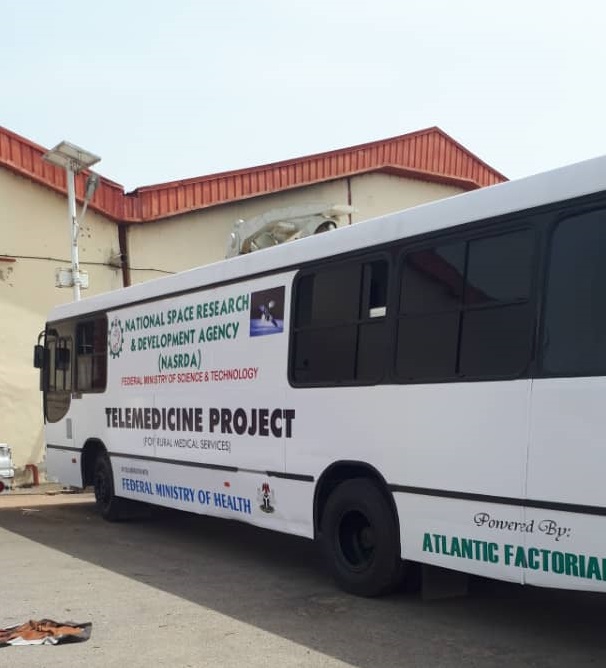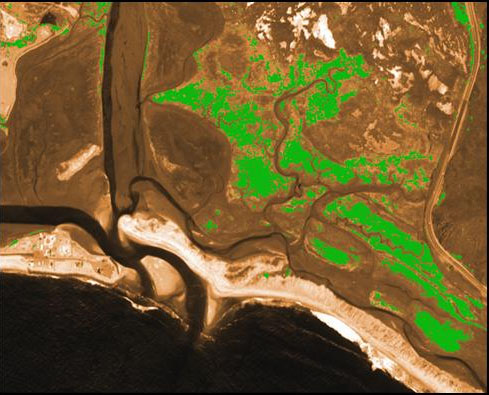Halilu Ahmad Shaba, the director-general, National Space Research and Development Agency (NASRDA), has described the Radio Frequency Identification (RFID) technology as a tool for advancing the socio-economic development of the country.
Shaba who was represented by Halidu Ibrahim, director, ground station and mission control, made this statement during the signing of a tripartite agreement between NASRDA, e-GATE Technology Limited and GS Technology on investment, establishment and implementation of smart traffic management, telemedicine, and other digital services for the country at the agency’s Headquarters in Abuja.
According to him, the speedy implementation of the agreement will further boost the economic drive of the country by creating a platform for effective monitoring and management of activities that are considered as critical to the economic growth of the country.
The NASRDA boss expressed satisfaction with the contributions of the parties involved and encouraged them not to relent, but to map out strategies that will allow for the effective implementation of the agreement so that Nigerians can begin to enjoy its benefits.
He explained that the space agency will do everything within its power to ensure that it contributes its quota to the development of space science and technology in the country through result-oriented collaborations with government agencies and relevant stakeholders in the interest of nation-building.
Gaseer Elsayed said: “Today we are honoured to be selected to implement our state-of-the-art RFID technology and intelligent traffic management system with country footprint infrastructure that poses many critical challenges in most modern cities, including congestion, traffic violations, car theft, and illegal vehicles. system systematically collects information to be used in dynamic traffic guidance to solve traffic congestion. Additionally, identify a car’s basic data which is the first step for digital transformation in the traffic sector.”
Essam Elsaghir said: “We are grateful and honoured to be selected. by NASRDA with our strategic partner “GS group” one of the leading companies in Smart Road & RFID technology in the region to implement this innovative traffic management system and create a unified central database using unique RFID tag that will be attached to vehicles and send signals to central computer system, which will use it to optimise traffic control, safety and flow.
“RFID technology is a powerful tool that will be used to improve traffic flow and reduce congestion. We are confident that this system will make a significant difference in the way people travel, expected to reduce congestion by up to 20%. It is also expected to improve air quality and reduce noise pollution.”
On his part, the acting managing director of GeoApps Plus Limited, Emmanuel Onwubuariri, who expressed delight at the pace of the collaboration that led to the signing of an agreement, commended the efforts of the director-general and the collaborating team, describing the epoch-making event as a giant stride that will change the fortune of the country.
Onwubuariri said the project is not only aimed at providing solutions to challenges in critical sectors of the economy but to also generate income for the nation, especially at a period where government policies are geared towards the diversification of the economy.
He, therefore, encouraged government agencies and relevant stakeholders to spread their tentacles wide enough to exploit areas and avenues that can boost the Nigerian economy in line with international best practices.
The RFID is a wireless device with antennas that emit radio waves and receive signals back from the RFID tag.
Its benefits include the improvement of tracking, product handling efficiency, inventory counting speed as well as automating product receipts, storage and distribution.
Mahmoud Fathy said: “GS Group and its companies which are specialised in the field of information technology and traffic management systems have their experience and previous work on automation and developing the RFID tags system and vehicles technical inspection and driving learning in Arab Republic of Egypt, United Arab of Emirates, and other African countries in accordance with the latest modern scientific and technological methods.
“GS Group newly established a local Nigerian company, GS Technology Nigeria, to be the local representative of GS Group in all potential traffic management projects that could be implemented in the Federal Republic of Nigeria.”
Source: The Cable








